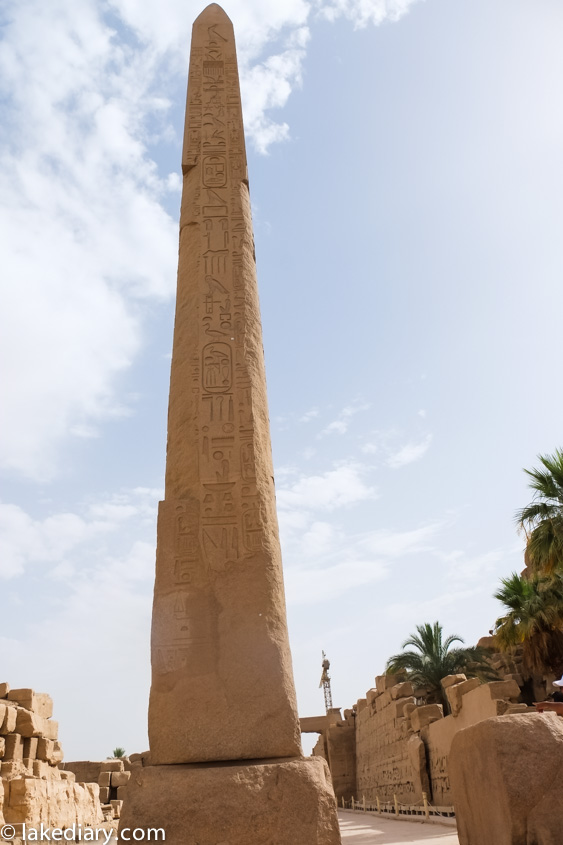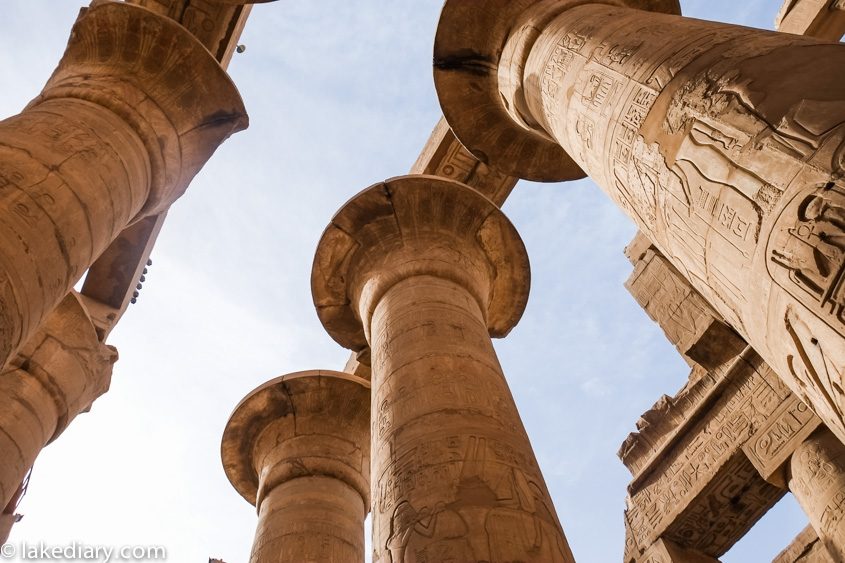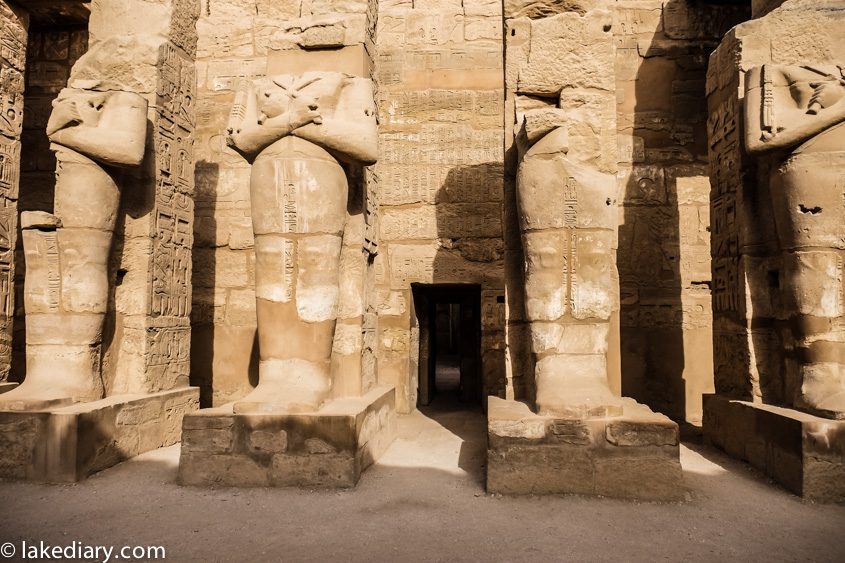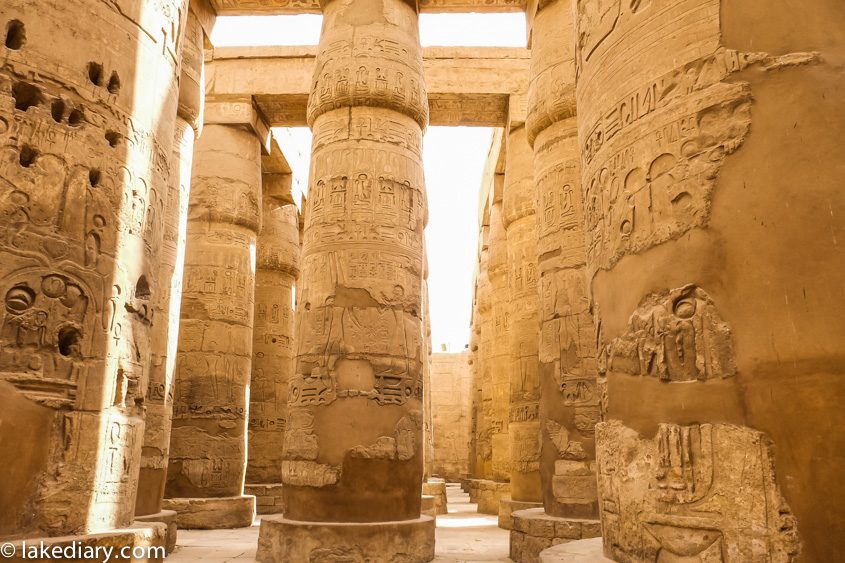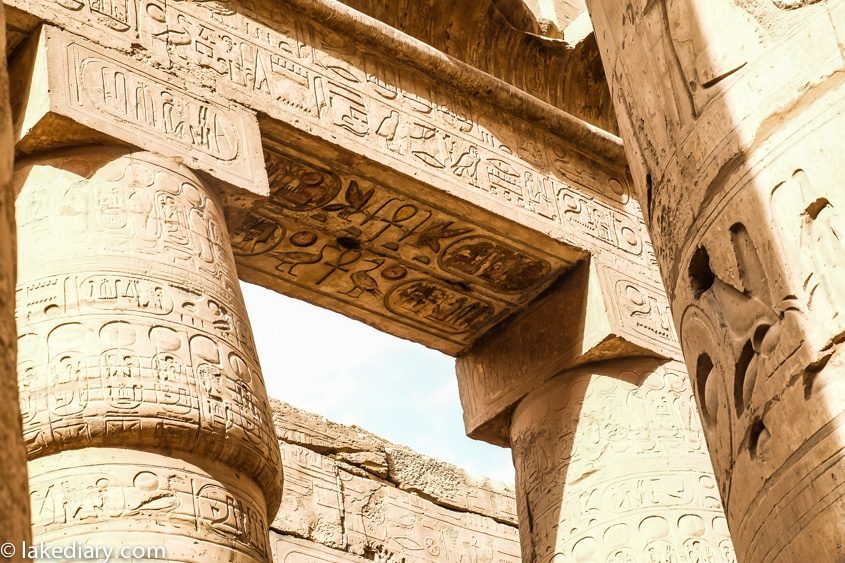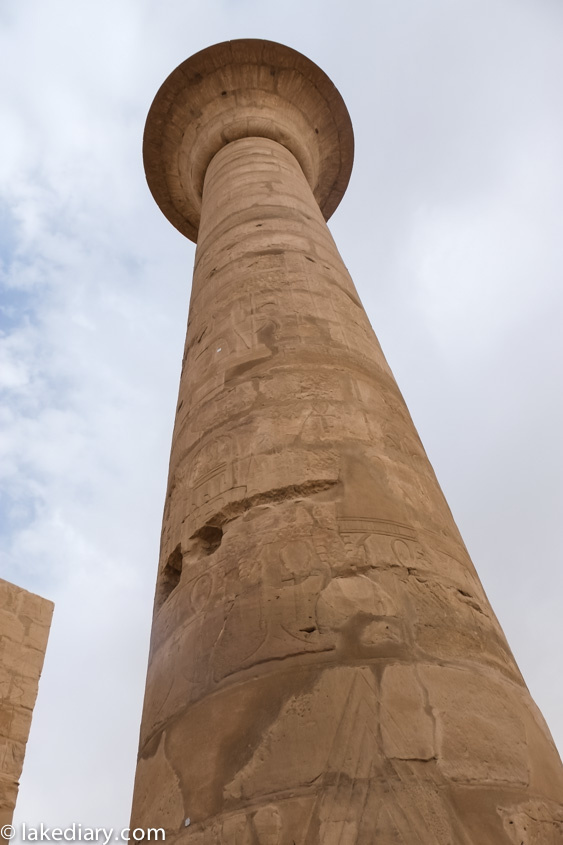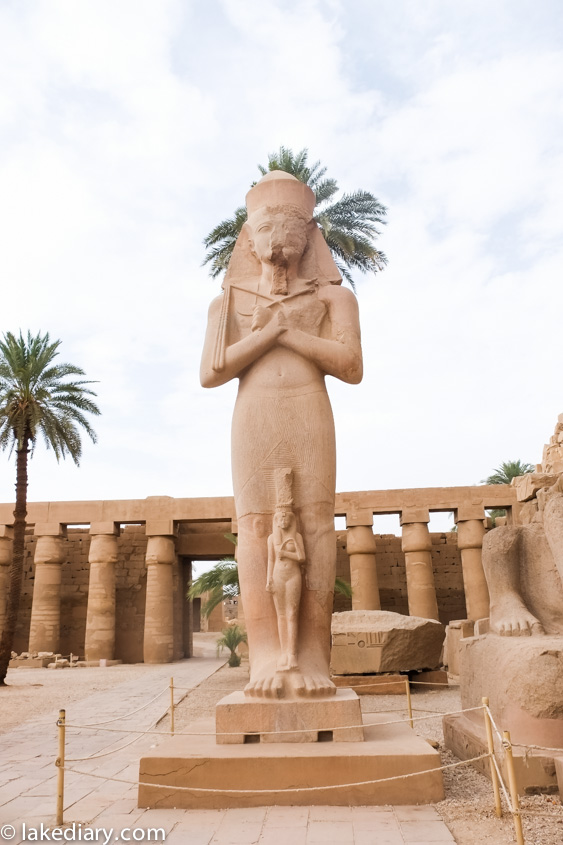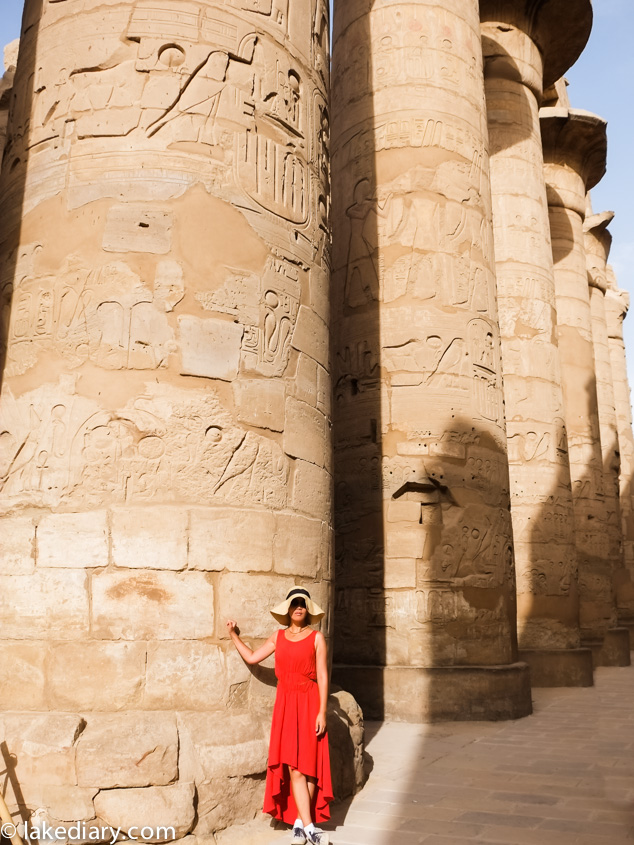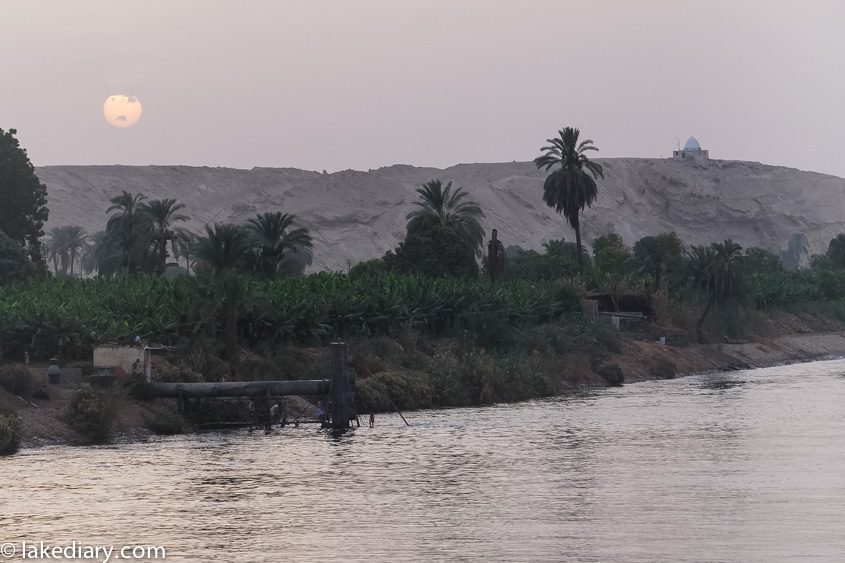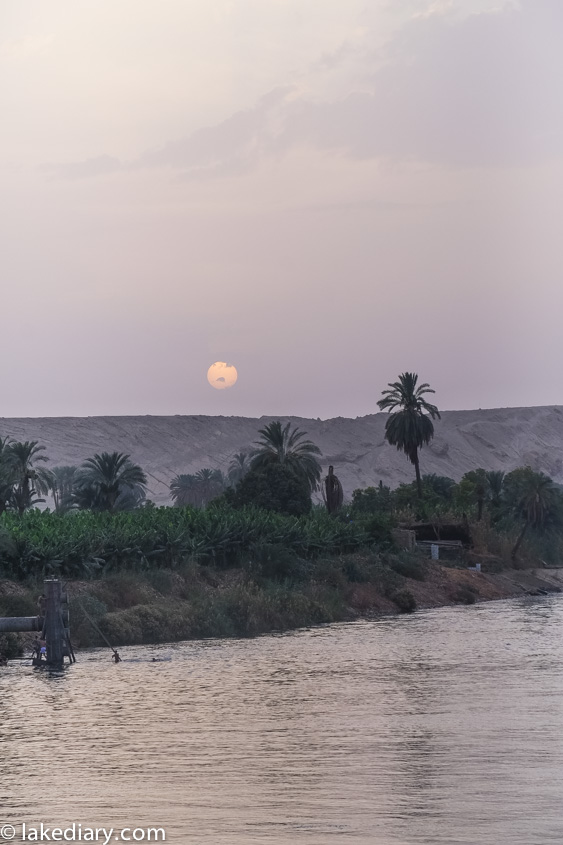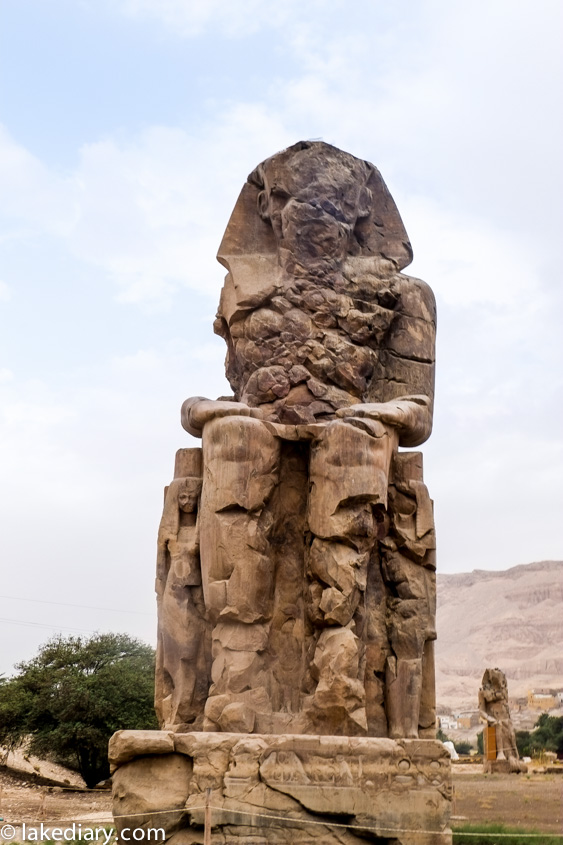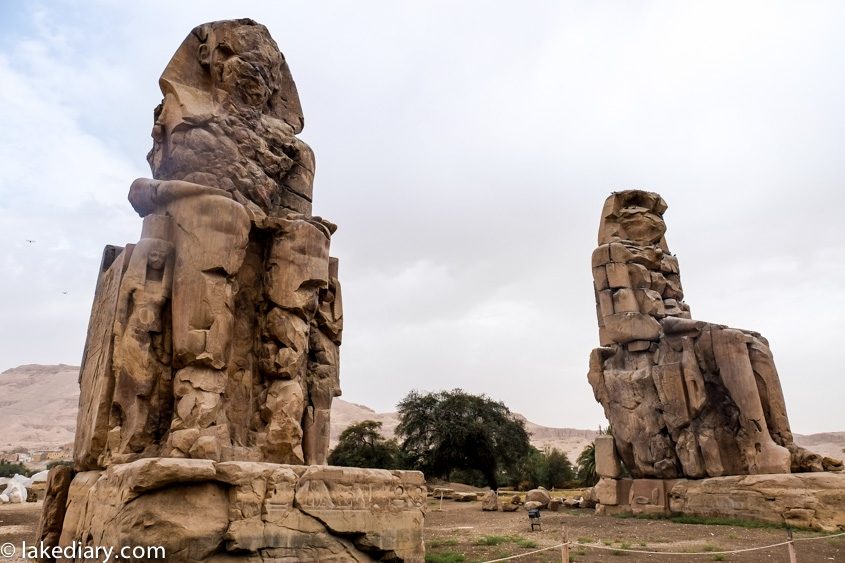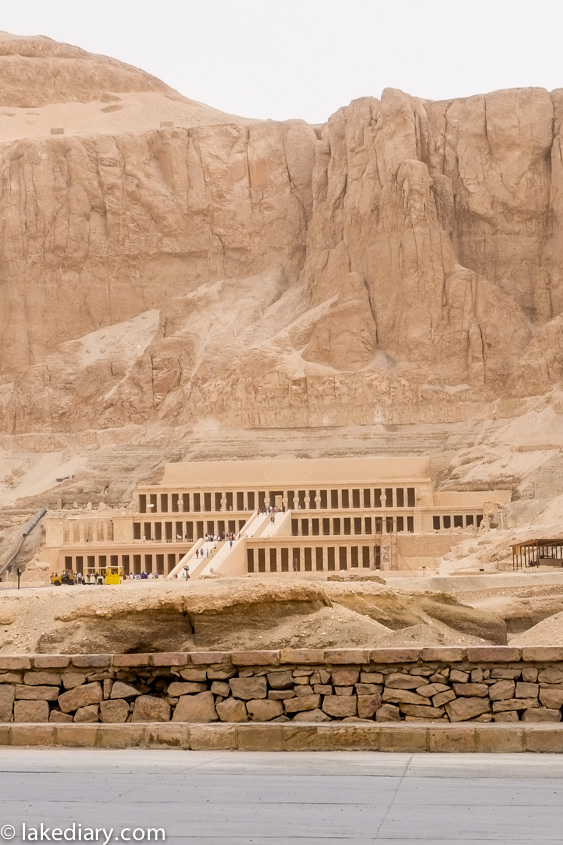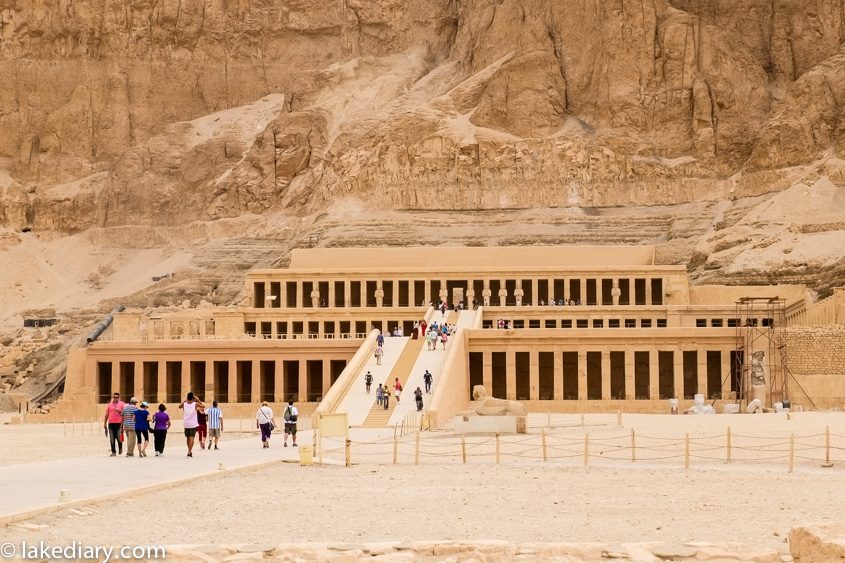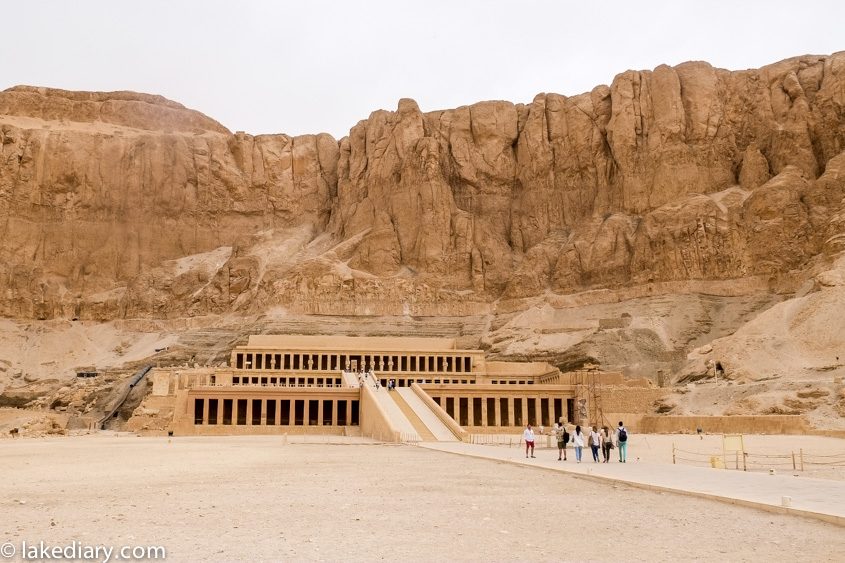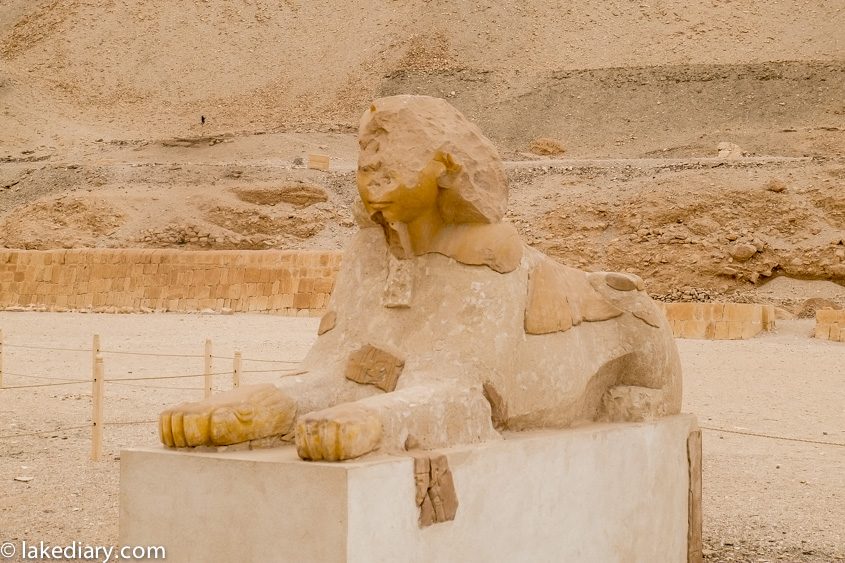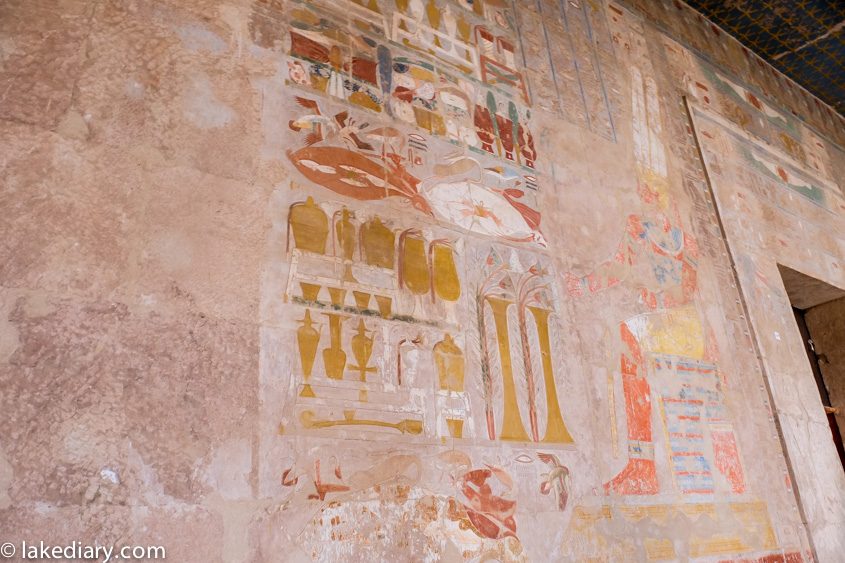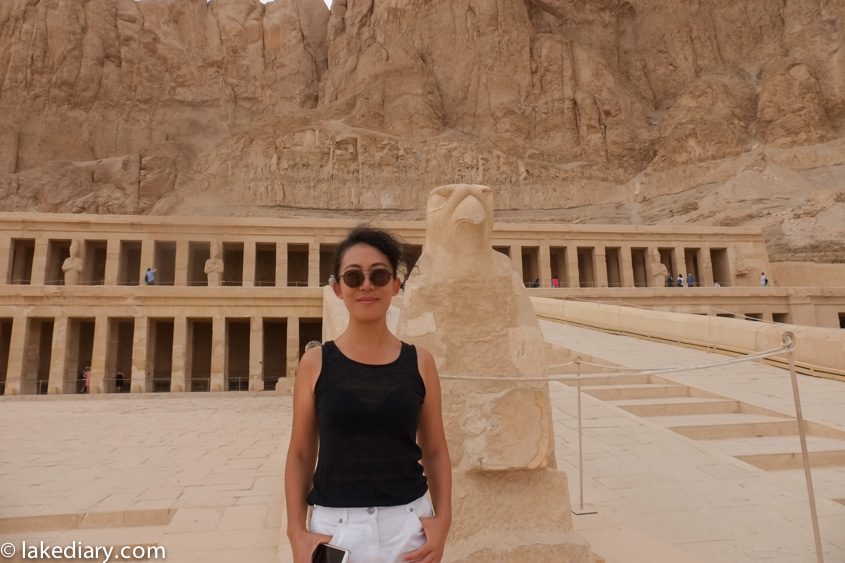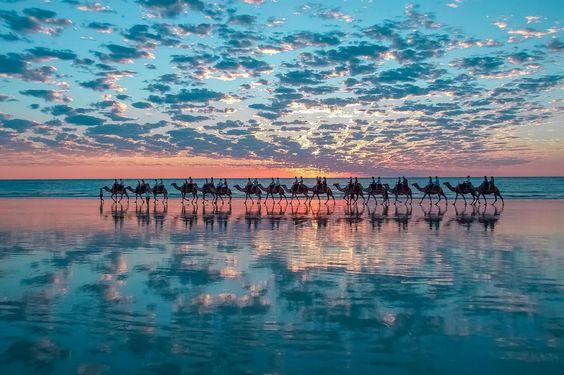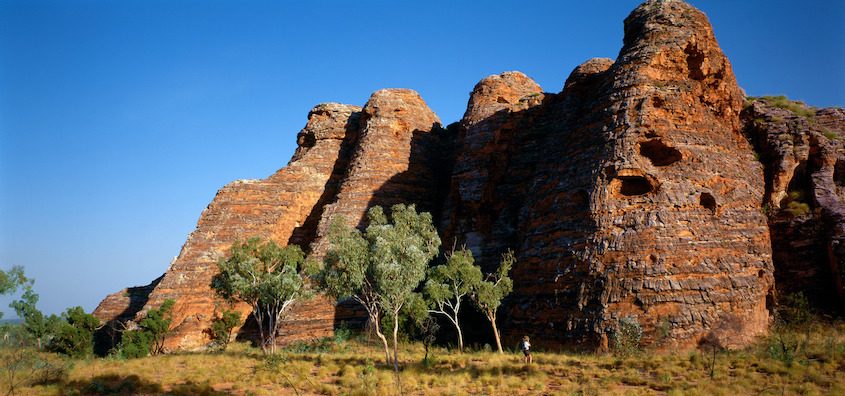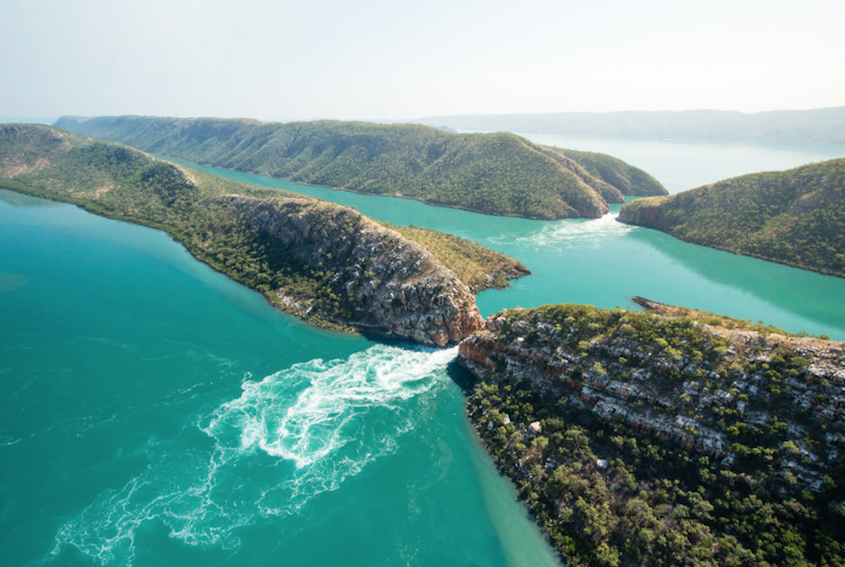A couple of days ago out of boredom, I watched the movie “Roman Holiday” again. Can’t believe the movie was made nearly 50 years ago. 50 years! Time marches on but Rome remains timeless.
Watching the movie brought back fond memories of travelling in Italy years ago, especially time spend in Rome. Not sure what Rome will look like after this pandemic, but I can never forget that gloriously beautiful summer in Rome.
Rome – Part One
The Arch of Costantine – The Roman Forum – Colosseum
Walking from Via S. Gregorio and you can’t help but admire the Arch of Costantine – the most famous of all the ancient arches of Rome. Built along he Roman street it was used for celebrating the victories and it’s the biggest honorary arch that reached the modern ages. Started in 321 to celebrate the victory of the Emperor Constantine at the Milvian Bridge, it was completed in 315 in time to mark the tenth anniversary of the reign of Constantine.
Upon the Palatino hill, it was where the first core of the city was established. It was all around the base of the Palatino that Romolo outlined the sacred boundary line of his city, Rome. Palatino Stadium (or Hippodrome) is situated in the private part of the Domus Augustana. It occupies a large space with an extended rectangular shape and a minor side curved. The satdium was ploughed by a large circular avenue furnished with every kind of statues and marbles.

The Roman Forum, for centuries the centre of the public roman life, in origin was a marshy valley included among the hills. The valley in which the Roman Forum came into existence was formed by the Tiber’s erosion of the sides of the volcanic lava which constitutes the base of the seven hills. The lower part of the this basin, stretching roughly from the central area almost as far as to the river, was occupied by a marsh know as the Velabrum. On the edge of this marsh, at the foot of the Palatine, rose some of Rome’s most ancient monuments, such as the Regia, seat of the ancient kings. The draining of this zone, happened around the 600 B.C. The valley was relaimed and the waters drained into a sewer, the Cloaca Maxima. The area was now ready for use by the tribes who were already living on the surrounding hills, providing them with a place to meet, exchange goods and carry out the main activities of daily life. Thus the Roman Forum was born. It was transformed into the commercial, juridical, religious and political centre of the city. It reached its definitive settlement under Cesare and Augusto and kept for a long time its function of representative place. The Forum is the biggest monumental complex of the ancient Rome that has reached us.

The monuments that form the Forum are: the Holy Street, the Basilica Emilia, the Curia, Romolo’s tomb, Settimio Severo’s Arch, the Nostrum, Saturno’s temple, Concordia’s temple, the Forum’s Square, the Basilica Giulia, Castrori’s temple, Santa Maria Antiqua, Cesar’s temple, Vesta’s temple, the Regia, Antonio and Faustina’s temple, Romolo’s temple, Massenzio’s Basilica, the Aniquarium Forense and Tito’s Arch.
Leaving the Forum area, through Via di San Gregorio, you’ll arrive Via dei Fori Imeriali and the in the Colosseo square. There it is! The symbol of Rome itself: the Coliseum.
The place where the Colosseum now stands was occupied by an artificial lake which was drained after the emperor’s death to allow for the construction of the grand new monument. This was brought about by the fusion of blueprints for two theatres, resulting in an elliptical building designed to hose spectacles of wild animal hunts and gladiator fights. Its actual name was the Flavian Amphitheatre, because it was built by the Flavian emperors. It was inaugurated in 80 A.D, by the Emperor Tito with a series of spectacles lasting a hundred days, which saw the slaughtering of over five thousand wild beasts. A retractable canopy was installed, manned by a special crew of sailors, in order to furnish the seating area with shade. The name Colosseo goes back to the XI century and has its its origin from the closely positioned and colossal, more than 35 meters high. Nero’s bronze statue, inspired by the Colossus of Rodhos. 53 meters high included in an area of 19,000 sqm. Four orders of floors of 80 arcades each and it could accomodate about 70,000 people.
Renouncing the possibility of the flooding the arena, an underground system of passageways was created with equipment for facilitating the rapid succession of animals and scenes. The amphitheatre was repeatedly stricken by earth quakes and fires and was repaired many times over the years. in 523 it hosted its last wild beast hunt. the Coliseum’s ruin began. In the Middle Ages it was Converted into a fortress by the Frangipane and then the Annibaldi families. The monument’s decline accelerated after the 1349 earth quake, when the materails in marble, bronze and iron started to be stripped systematically. For centuries the Colosseum became nothing but a city building material quarry.

In order to save it, Pope Benedict XIV pronounced it a holy place in 1744 due to the blood spilt by the martyrs. The restoration of the monument began in the 19th century, but its condition only improved notably after 1870. The amphitheatre is elliptical in plan, measuring 188 metres by 156, and travertine was used for the exterior and load bearing parts. The cavea, which seated a public of as many as 50,000, was planned with particular care, with the seating rows plotted on radial walls, inclining at about 37 degrees. At the bottom and middle levels the seating rows were of marble, as these were the places taken up by the most important spectators. In the upper section of the cavea the structures were of wood. Rationalised systems of access and numbered entrances facilitated the rapid transition of spectators. The imperial family and the highest ranking state of officials enjoyed the use of entrance passages especially designed for retinues, without steps or long diversions.
The architectural structure of the building was of three orders, each with eighty archways, framed by engaged columns set in the middle of piers. The lowest order was in the Tuscan style, the middle one Ionic, and the upper on Corinthian. The attic contained windows alternated with bronze shields in ancient times. Two thirds of the way up the attic we can still see the large stone brackets which held the masts used to hoist the canopy. The underground sectors included storage areas, lifts, ramps, trapdoors, cages for the wild beasts and various facilities. There was also an underground passageway via which combatants might reach the amphitheatre from the nearby gladiatorial barracks.






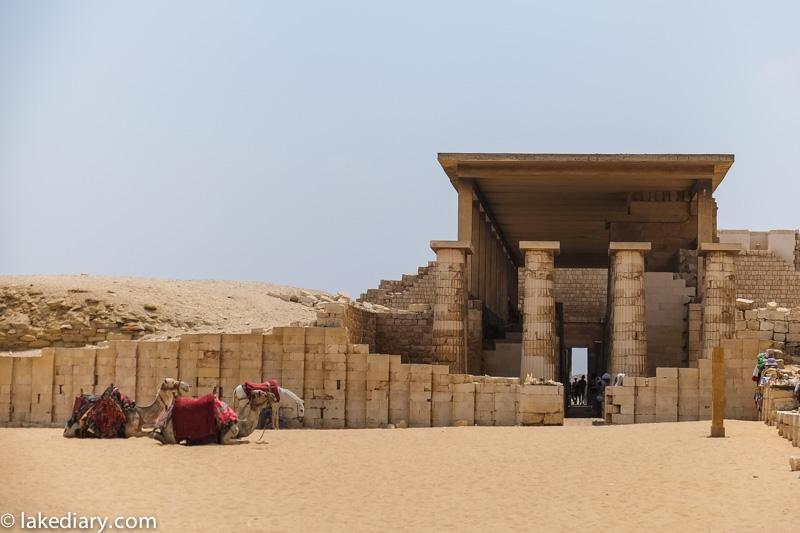
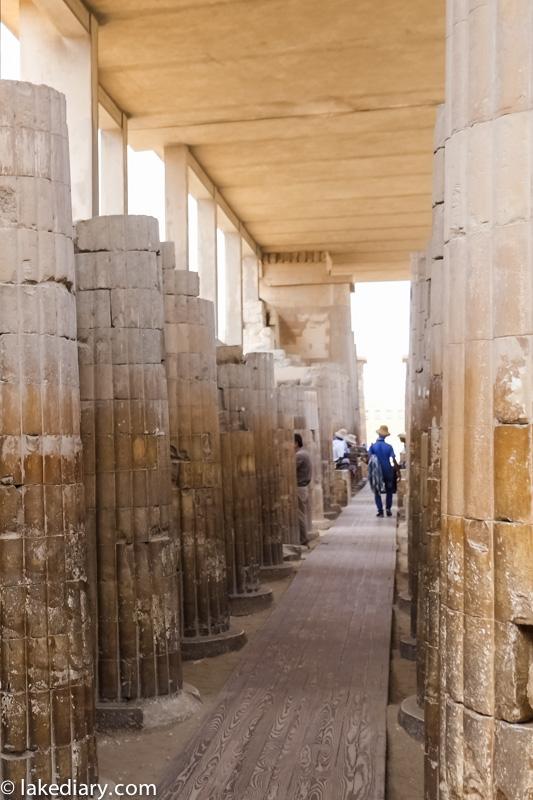
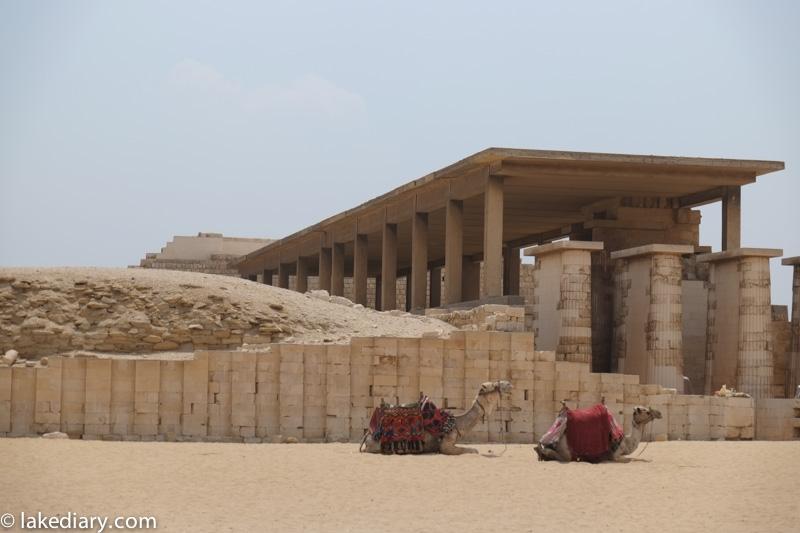
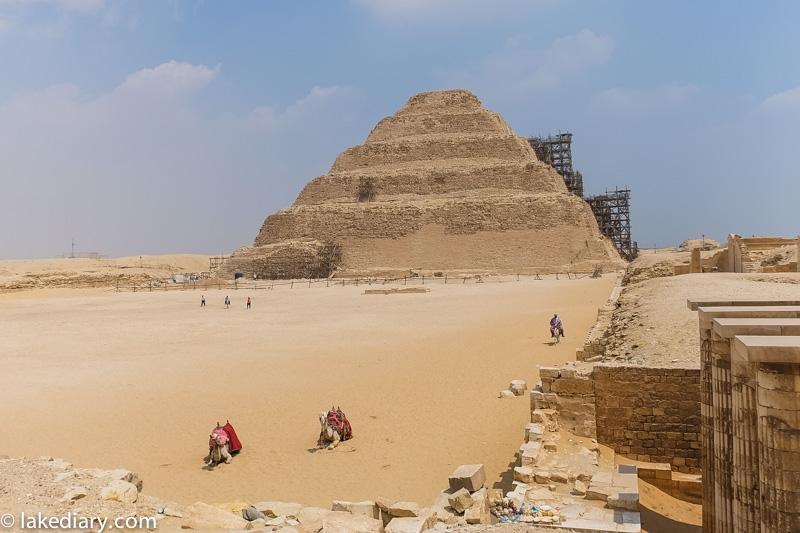
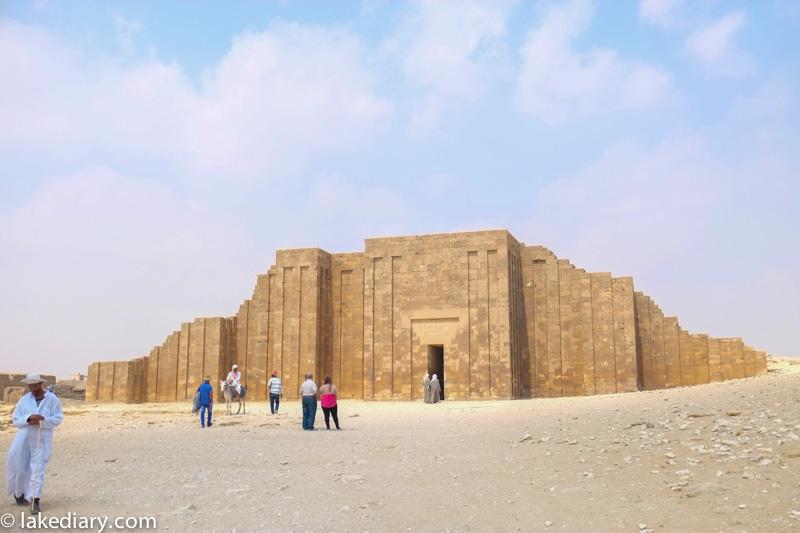


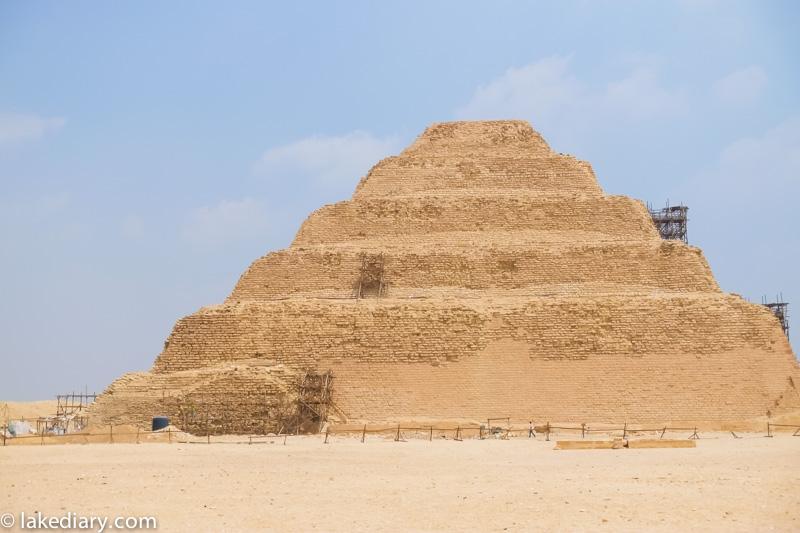
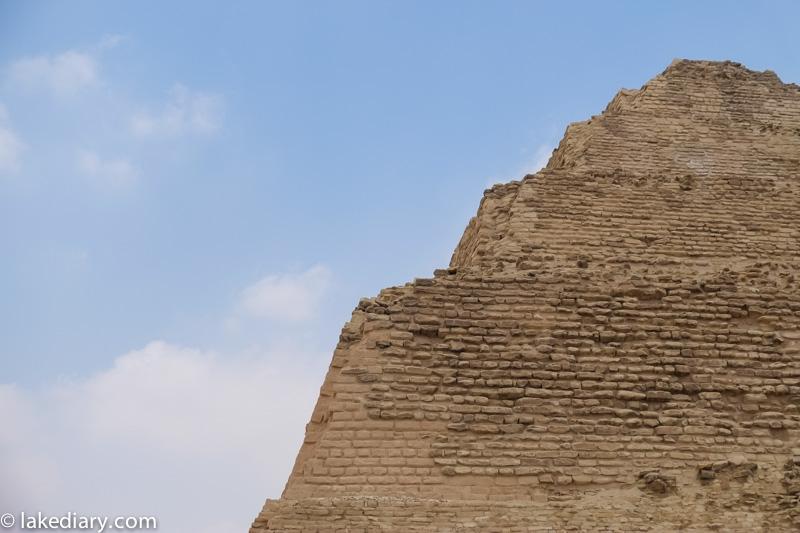

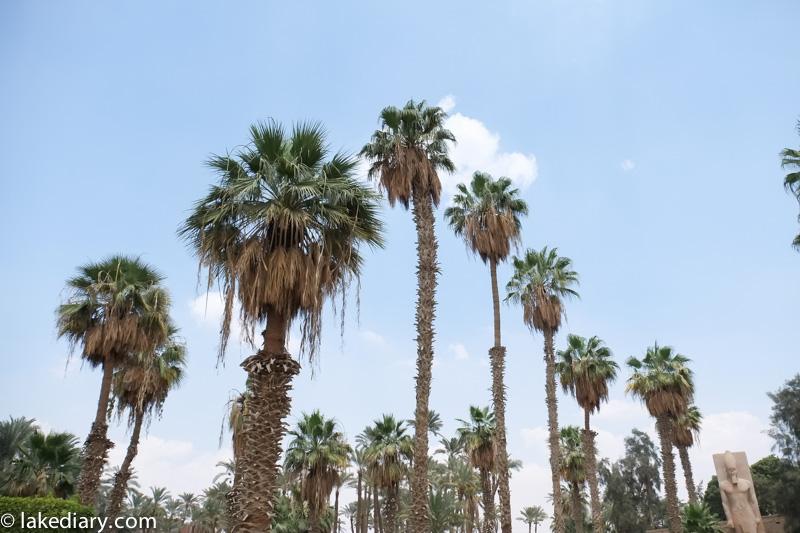


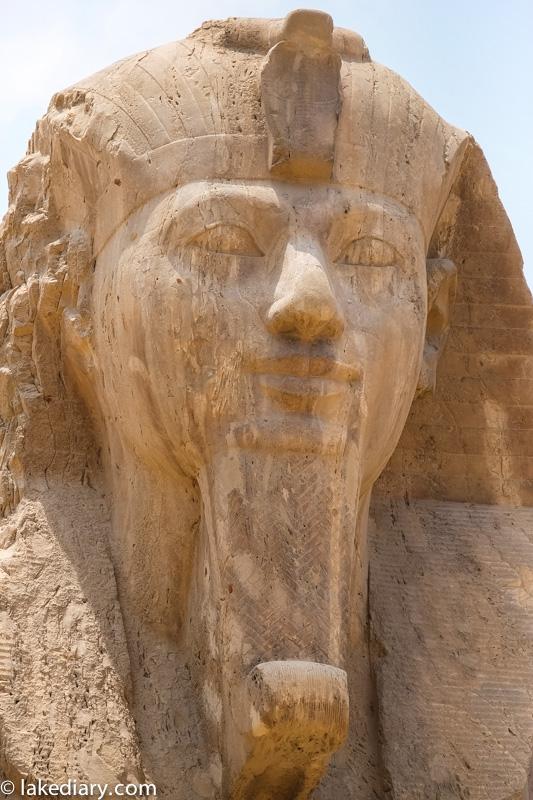
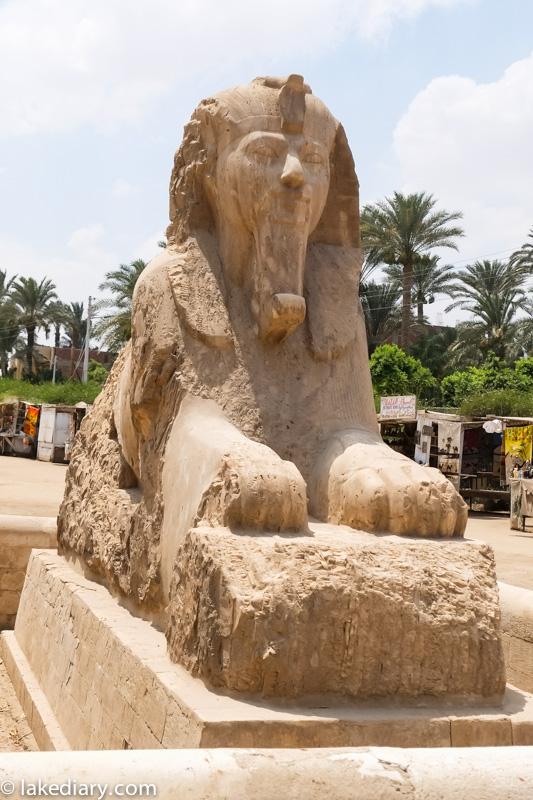
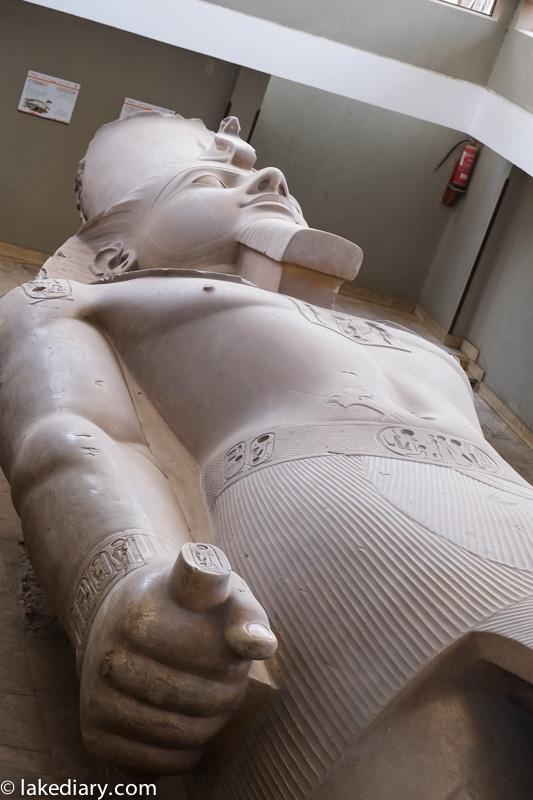


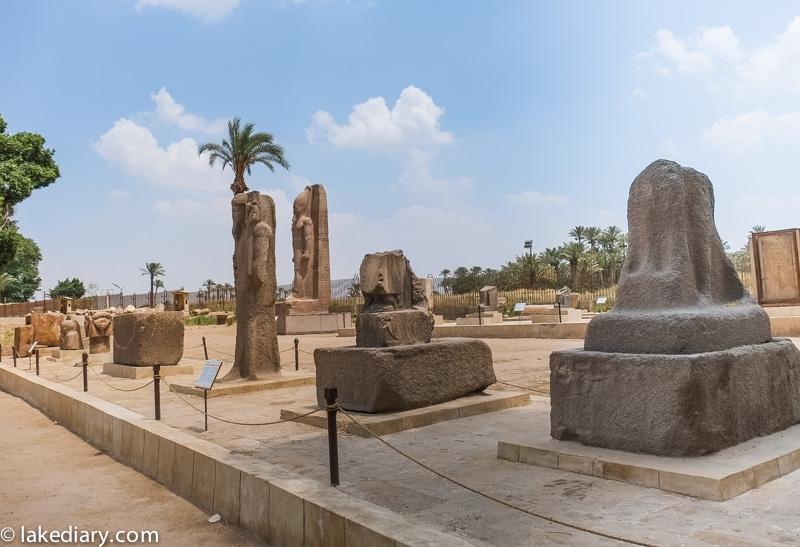

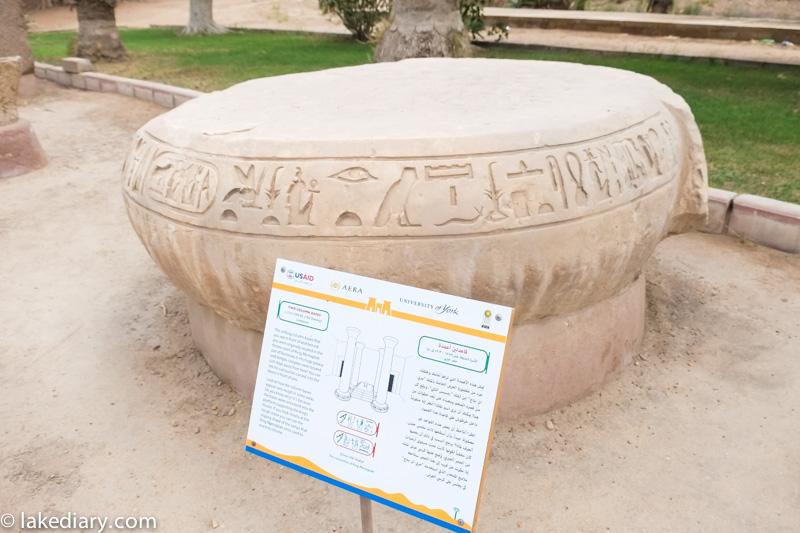
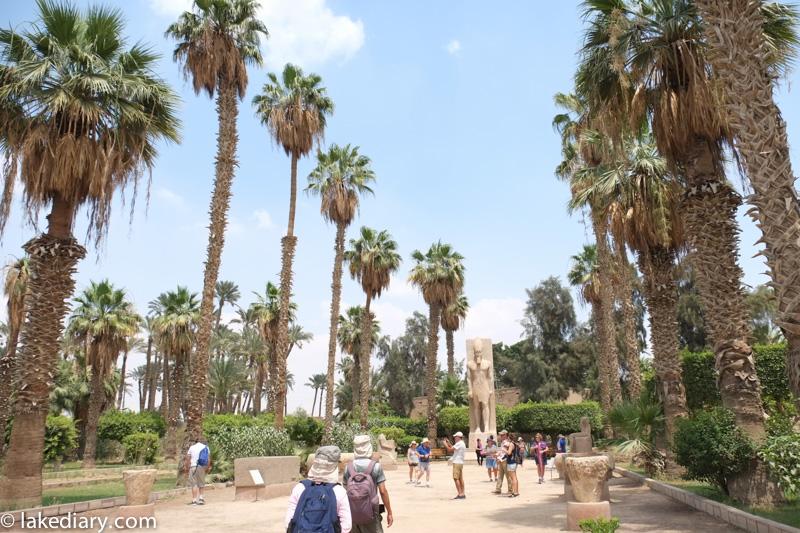


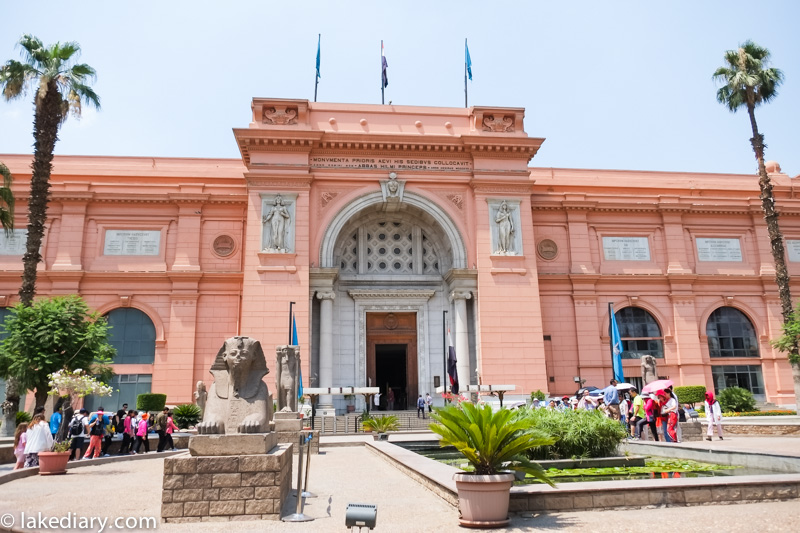


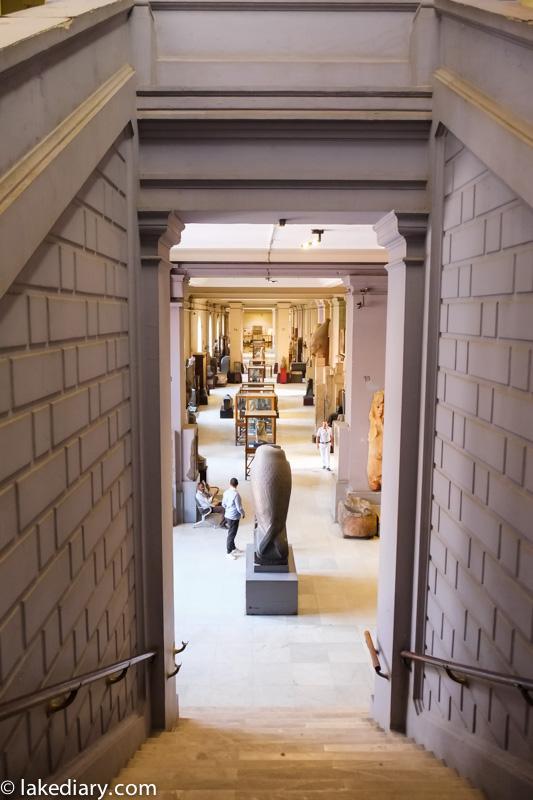














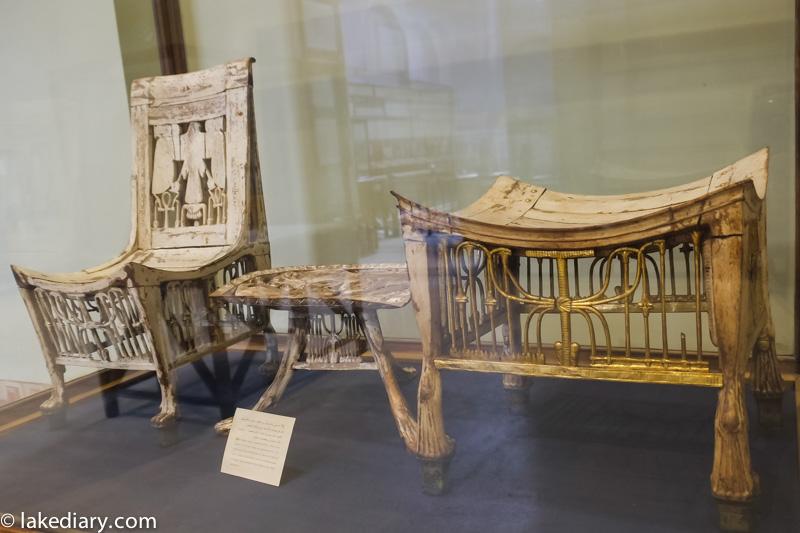






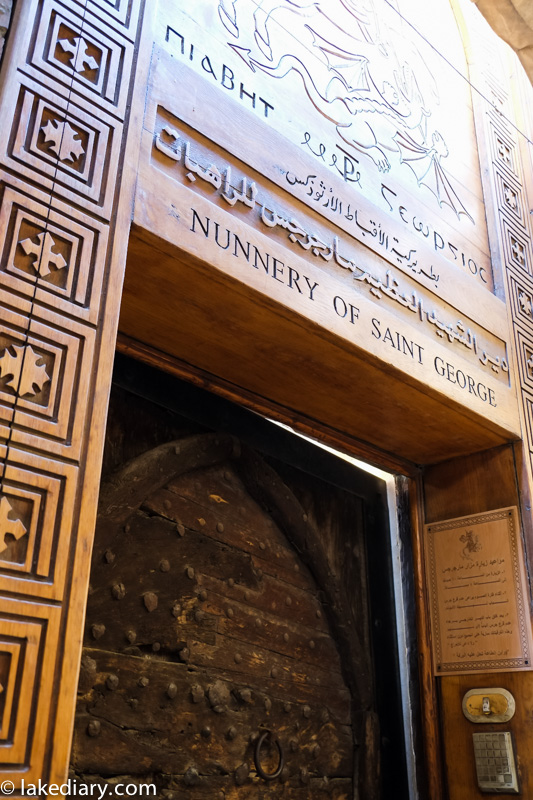
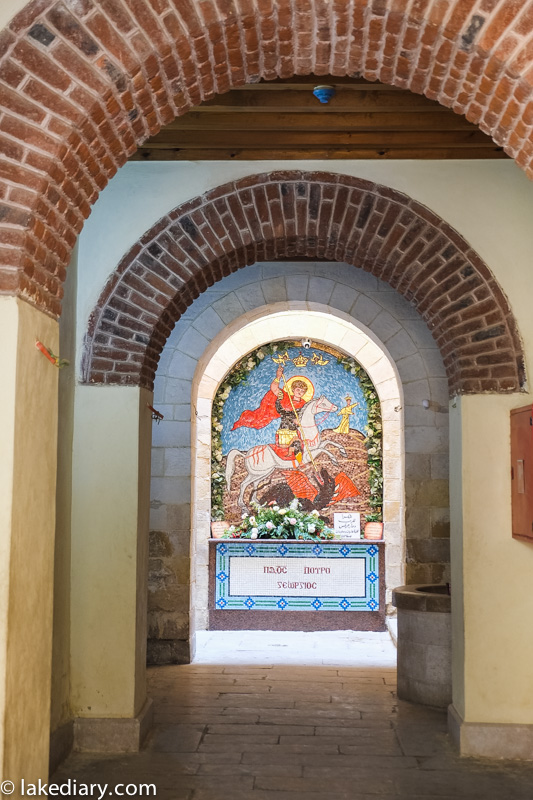

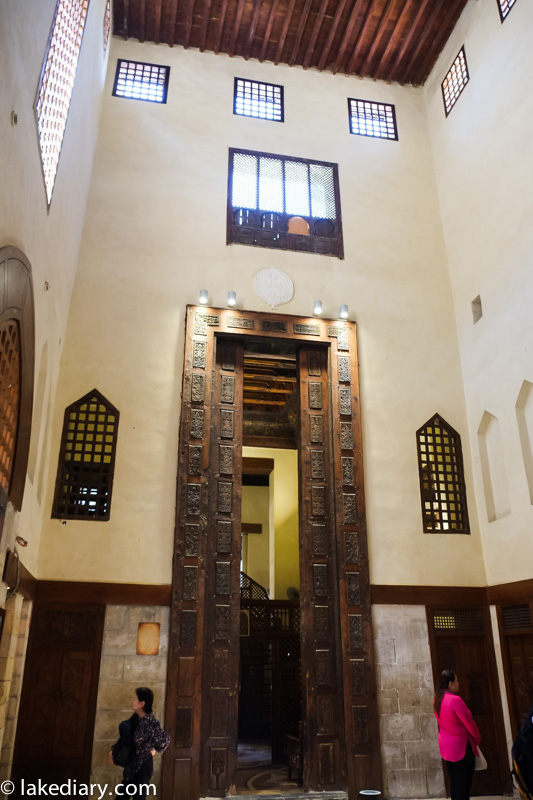
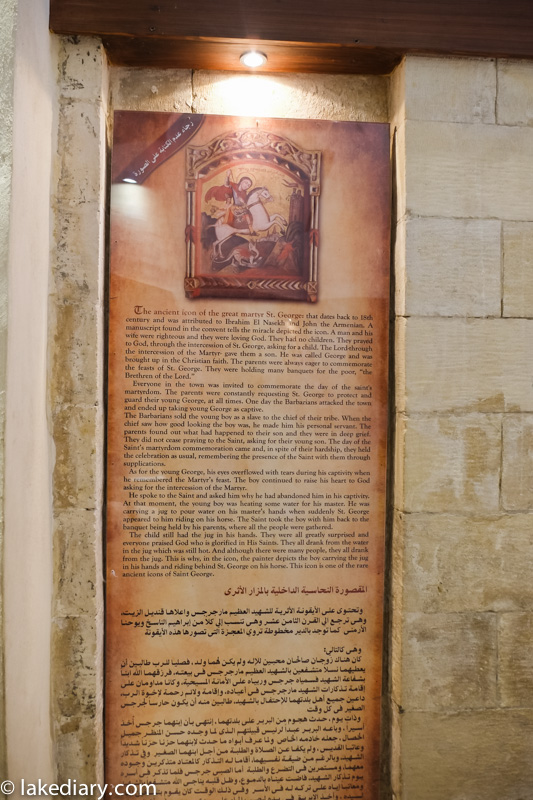












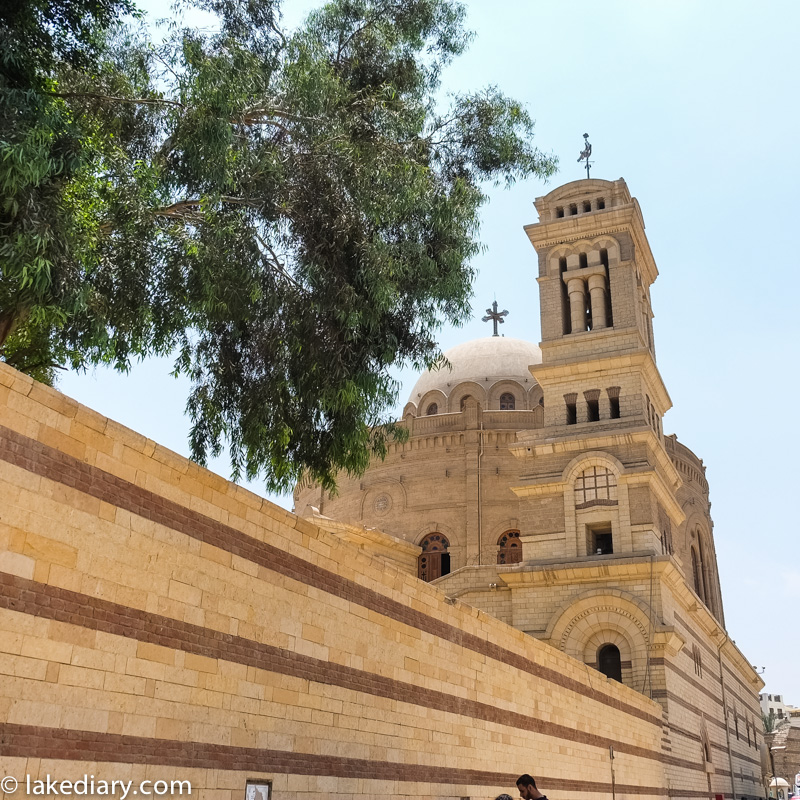
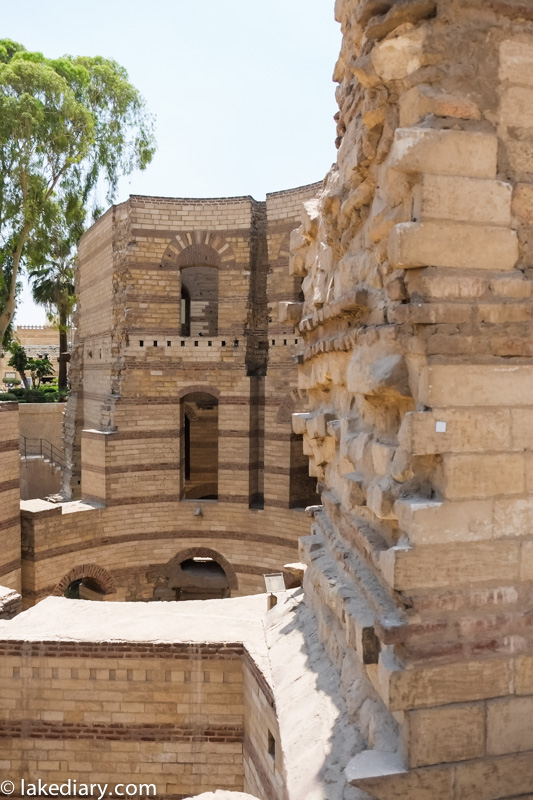







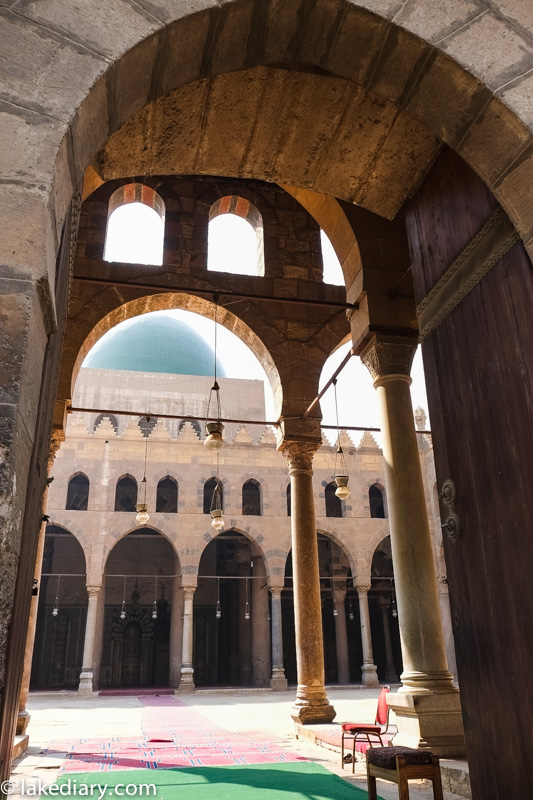














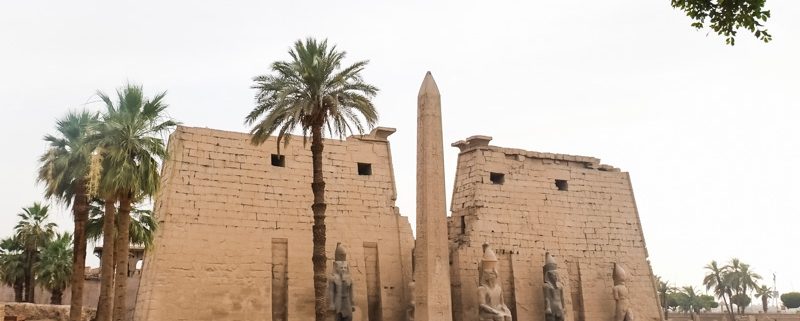



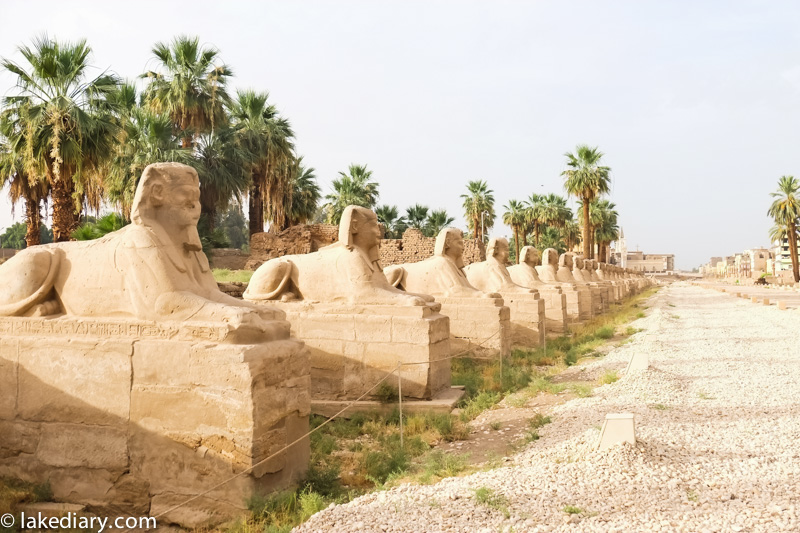
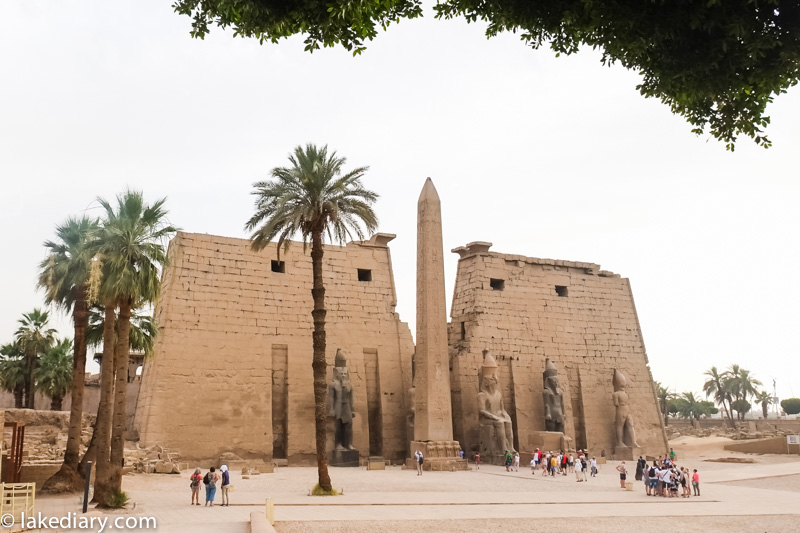

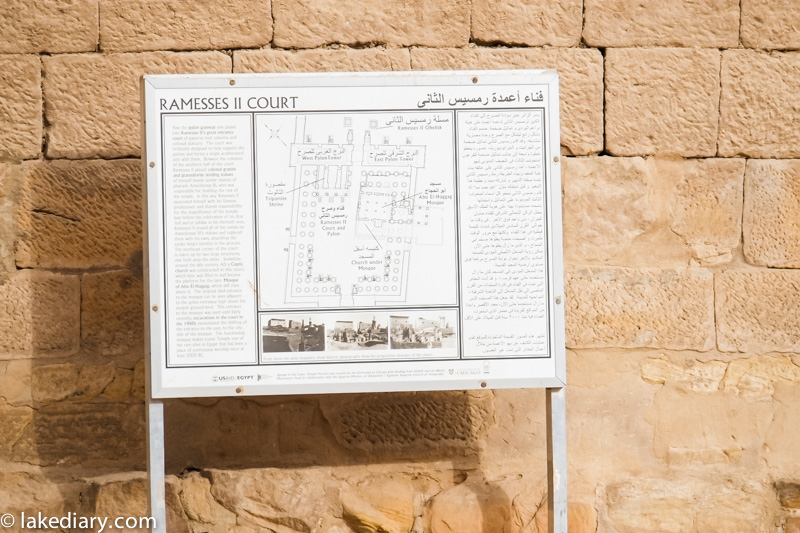

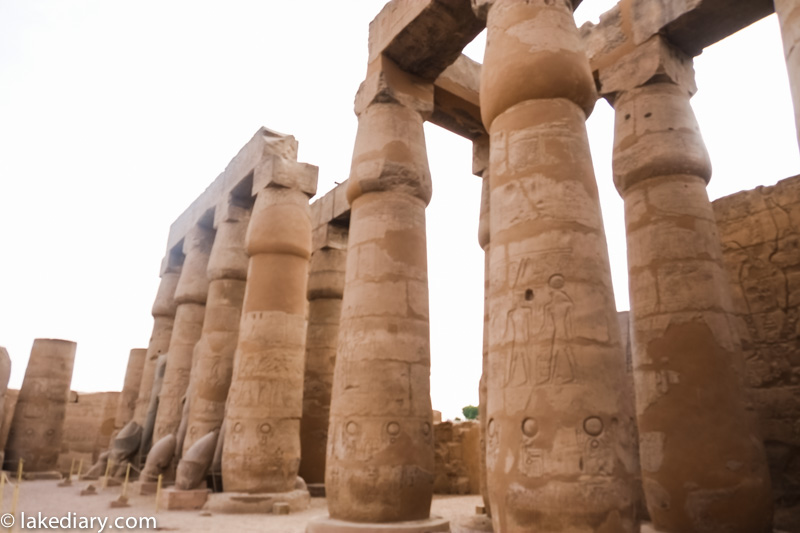
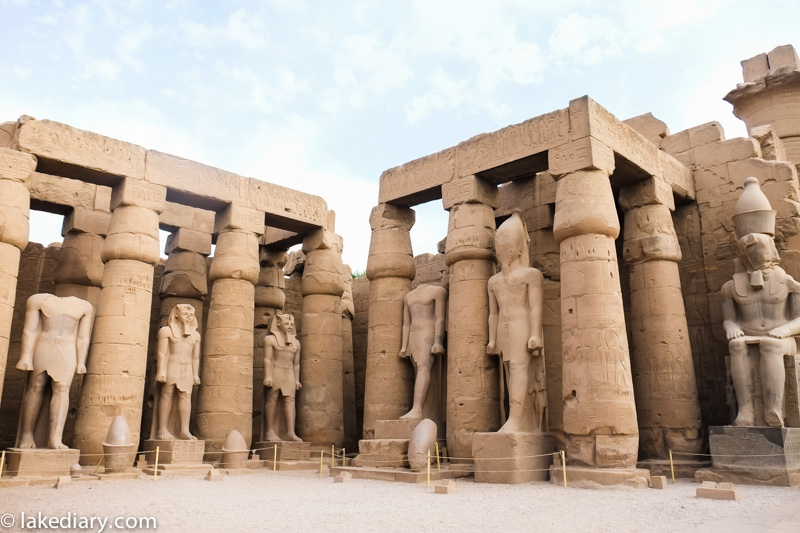
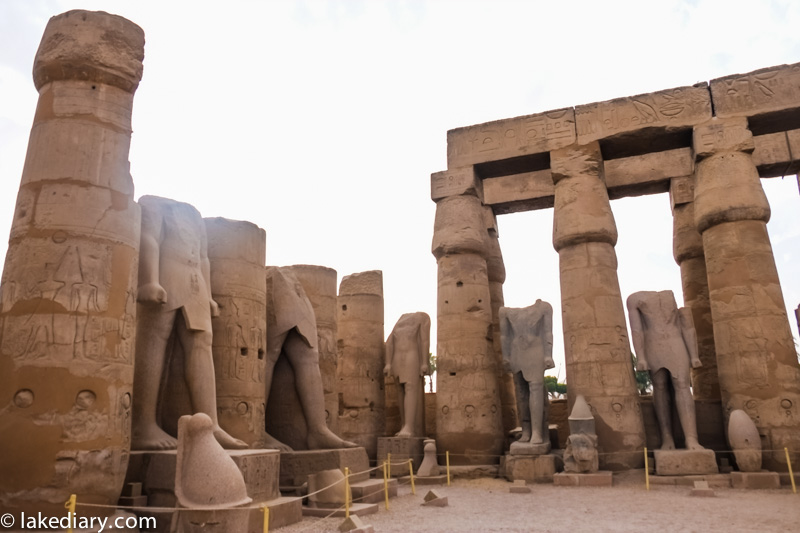
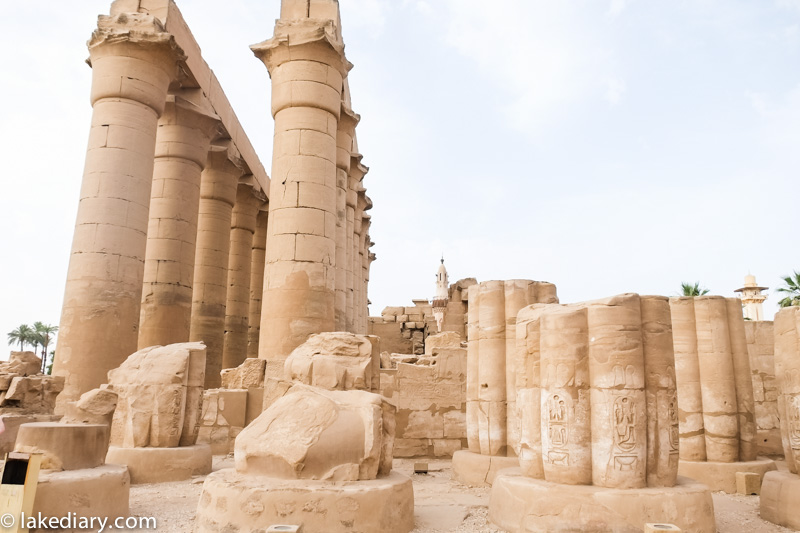
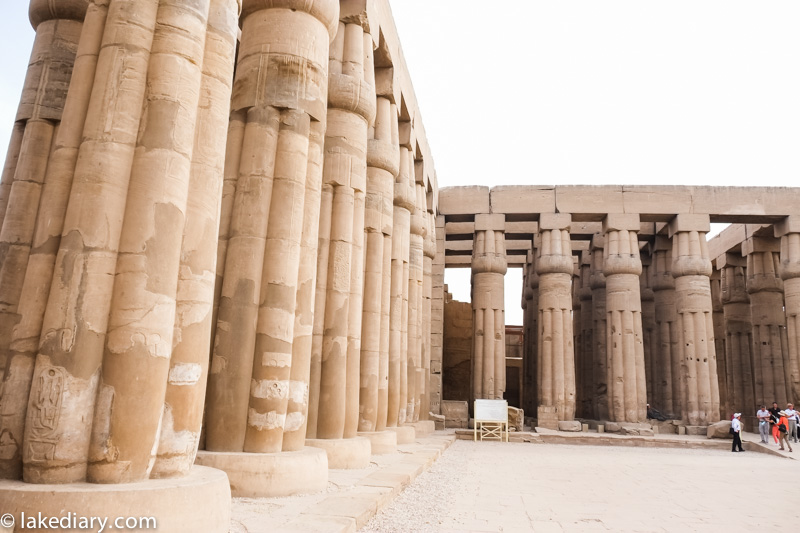
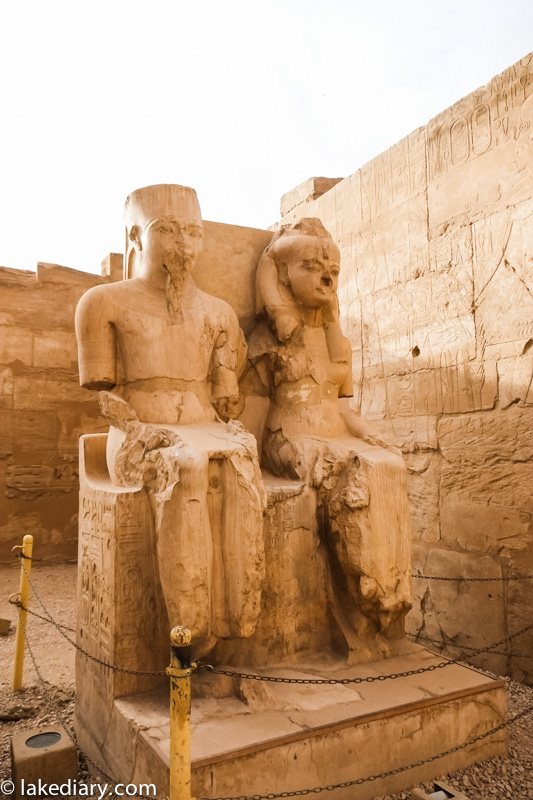
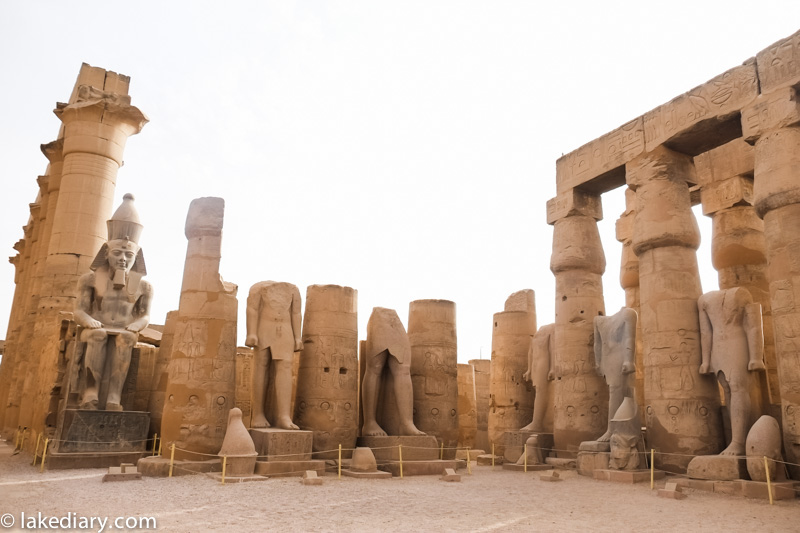







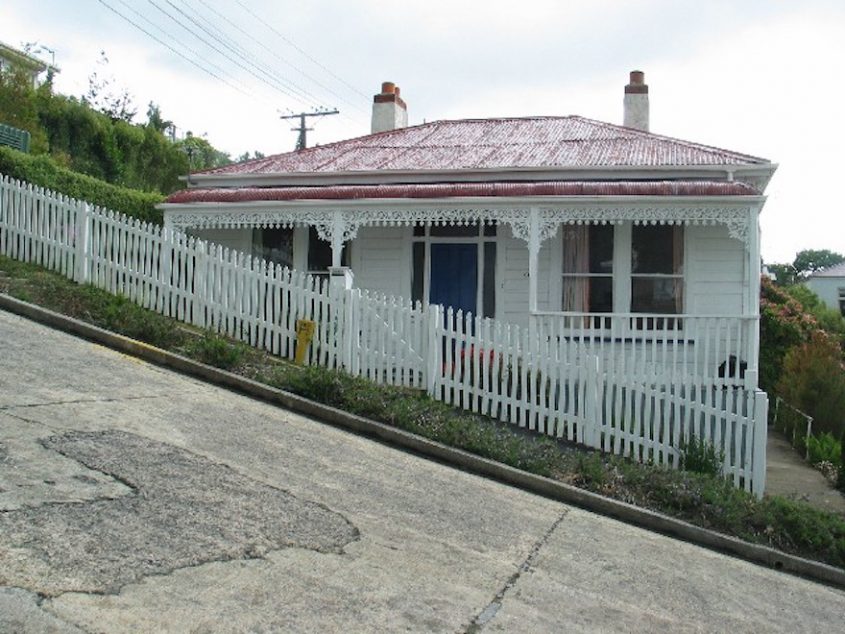

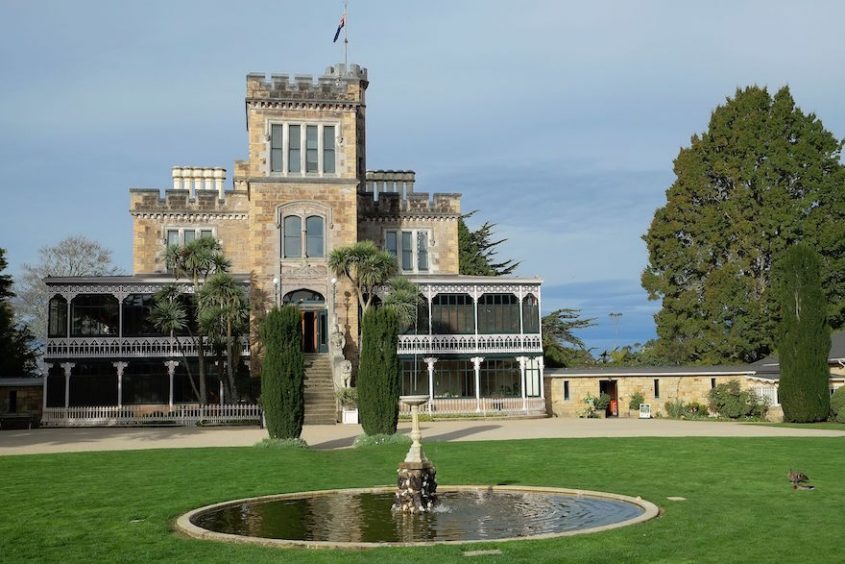

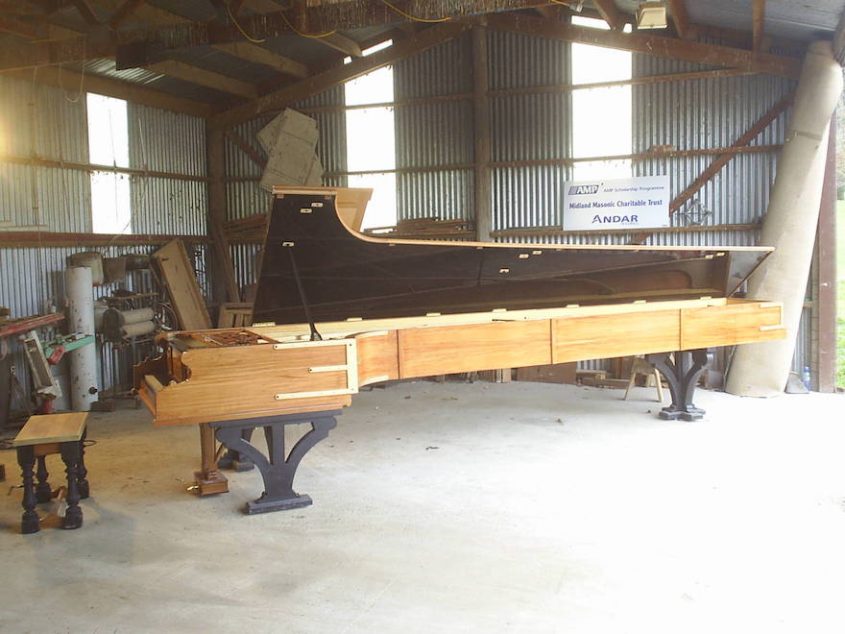

 Head to Kakadu National Park and explore this natural beauty. It is said that its striking swimming spots are best visited during winter. You can check out Kakadu’s breathtaking pools, such as Gunlom Falls, Jim Jim Falls, and Maguk, which are usually closed or difficult to access during the wet season. Your trip here gives you an unforgettable experience as well as jaw-dropping photo opportunities, so be sure to seize the moment.
Head to Kakadu National Park and explore this natural beauty. It is said that its striking swimming spots are best visited during winter. You can check out Kakadu’s breathtaking pools, such as Gunlom Falls, Jim Jim Falls, and Maguk, which are usually closed or difficult to access during the wet season. Your trip here gives you an unforgettable experience as well as jaw-dropping photo opportunities, so be sure to seize the moment.

